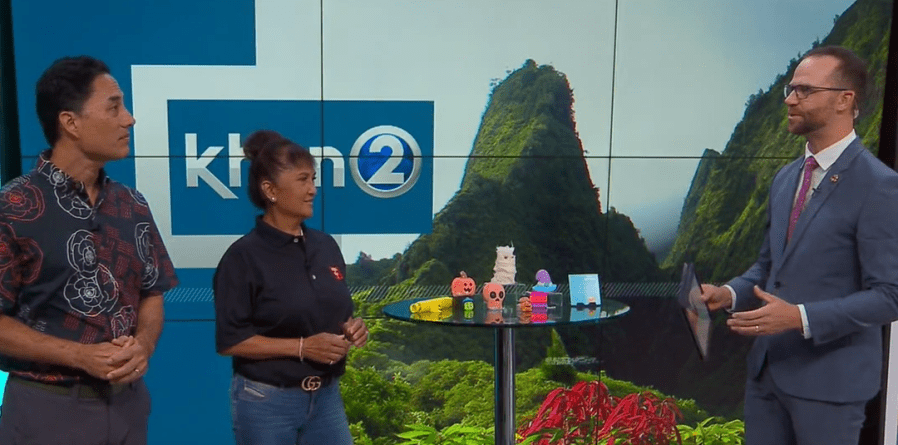HONOLULU (KHON2) — We’re now just a few days away from Halloween, and there are ways for those with developmental disabilities to join in on the celebrations, which Easterseals Hawaii is looking to spread awareness of.
“It can be for any holiday really but with Halloween coming up, we want the community to be aware just how much it means for the families we serve to be able to enjoy a fun time trick-or-treating – however that looks,” said Easterseals Hawaii board member Tim Sakahara. “In essence though, it means to be thoughtful about how people – especially people with intellectual or developmental disabilities like autism or Down syndrome – might be celebrating Halloween.”
Caregivers can help by checking that the costume and environment is comfortable for their charge.
“As a parent or caregiver, it can mean finding sensory-friendly costumes for kids, avoiding masks or face paints or finding costumes that are adaptive for various levels of mobility,” said Easterseals Hawaii early intervention program manager Iwalani Champman. “There are also often events in the community, like trunk-or-treats or celebrations in local parks or shopping malls, that can be a little more mellow for kids with autism; many local autism groups will post about them.”
There are other activities that can get everyone in the Halloween spirit, Champman continued.
“Another great option is trick-or-treating at home with some friends and family, going door to door throughout the house for candy or doing a scavenger hunt,” Champman said. “We also offer a free printable on our website that families can take along trick-or-treating and hand out if someone doesn’t understand their needs, like being non-verbal or maybe being older than the typical trick-or-treaters.”
For residents, Sakahara says we can chip in to be more inclusive and open.
“Loud or scary decorations, strobe lights or fog machines can be overwhelming sometimes, so if your house isn’t big on those anyway, put a blue pumpkin out to let families know your house won’t be overstimulating for trick-or-treaters with autism,” Sakahara said. “Maybe most importantly, it can also mean bringing candy down past your porch steps for kids who use wheelchairs or crutches, or not expecting kids to say ‘trick-or-treat’ as they may be non-verbal, or giving candy to adult trick-or-treaters who may have autism or Down syndrome and are just trying to have fun on what’s supposed to be a fun holiday for all.”
